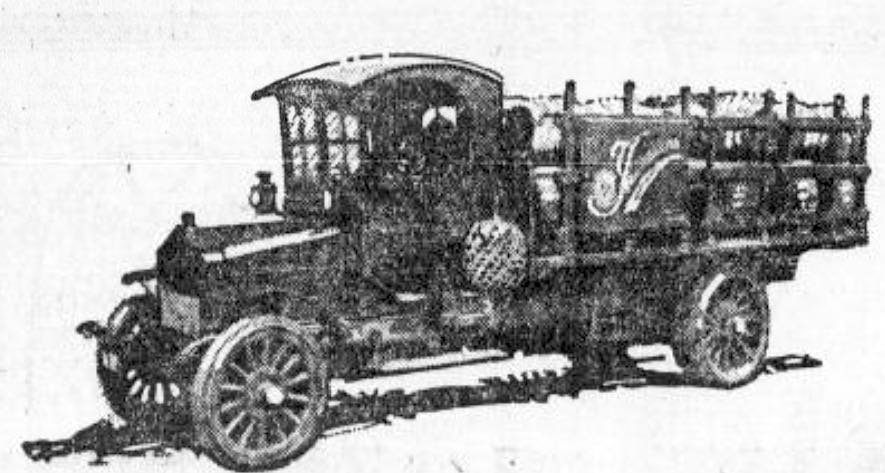
When cars became popular, the rise of accidental deaths increased. This article, found in a 1912 newspaper out of Chicago, announces that anyone who gets behind the wheel could become a murderer. The only safe speed to drive is at 10 miles an hour or less. 25 miles an hour would be dangerous and reckless. Considering that most people think that driving 45 miles an hour is slow, I can’t imaging what the current population would be like if they were told to slow the hum down.
When I first read this article, I laughed. It comes off as rather funny, considering that anything over 10 miles was dangerous, but then I remembered all the people who have been hit by cars recently. I also remembered all the friends I lost in car accidents, and the article became less humorous.
Here is a look at “fast” driving from over 100 years ago:

Murder By Motor Cars
Every day it takes place — murder by motor car.
Some days a dozen murders by this new and deadly means take place in as many parts of the country.
It is a shocking thing.
It calls upon every driver of a car to take thought lest he join the ranks of killers tomorrow.
The man who runs fifteen miles an hour where he should run only ten, is a potential homicide.
If he runs twenty-five miles an hour except under exceptional conditions, he is a potential homicide.
He is a potential homicide if he drives any car anywhere at a speed which would prevent him from stopping in time to prevent the striking of any moving vehicle or person emerging from any cover anywhere along the road.
This is the only rule which a man can adopt to save himself from possible homicide.
If it be a city street, the driver is a potential killer if he drives fast enough to make a collision even remotely possible. If it is at a crossing he is guilty if he drives so that any foot passenger can possibly get under the wheels before he can stop. He cannot place any of the blame on others — unless his own car is absolutely under control. He must be able to always prevent his own speed from injuring anyone.
If there are weeds by the roadside, he must expect that a child will suddenly step from them into the track. He must go so slow that he must stop and save that child. If it is a cross-roads even in the most deserted countryside, he must expect either a pedestrian or a horse drawn vehicle, or another motor car to emerge from the trees just as his car reaches the crossing. He is a criminal if he guesses that the way is clear and dashes across. He is a criminal unless he knows.
In other words, the driver of a motor car is a criminal unless he so drives that a would-be suicide, seeking self-destruction, would always fail to find it under his wheels.
This is a strict rule, a doctrine of construing every chance against the motorist — but it is the only just one, the only safe one.
The law gives Tom, Dick, and Harry the right to drive the most powerful projectile of modern times through the crowds and along roads. Tom, Dick, and Harry cannot complain if the law and public sentiment hold them guilty of homicide if they fail in making absolutely sure that even the most careless user of the highway is saved from death and injury.
Source: The Day Book (Chicago, Illinois newspaper). August 05, 1912.

